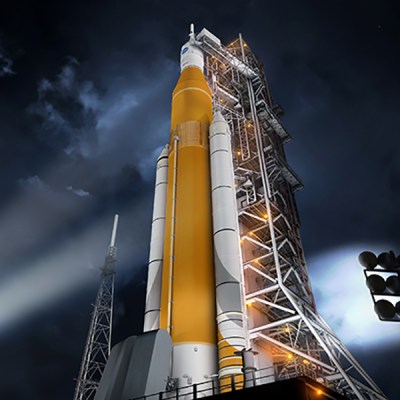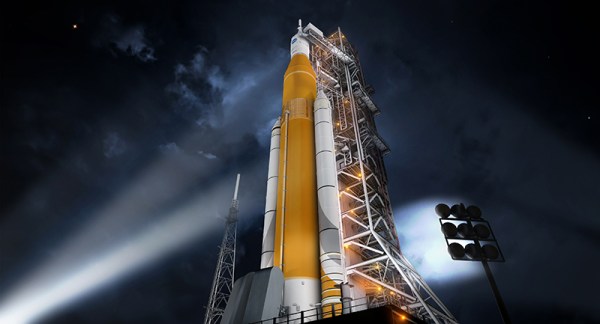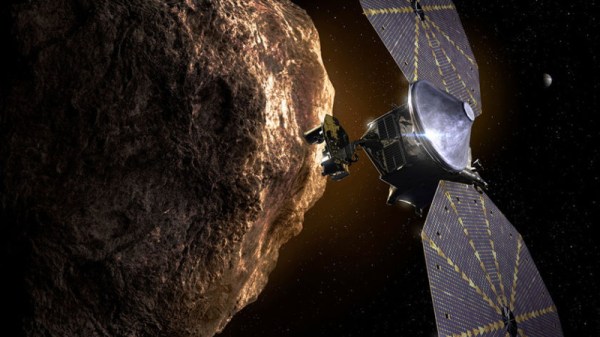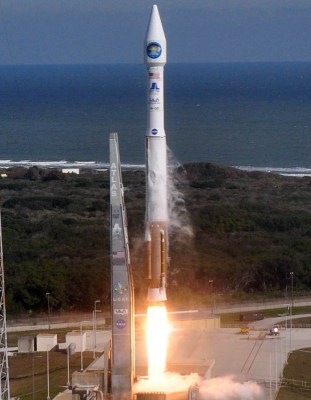Recently there’s been some buzz in the news that Pepsi, or more accurately the company’s Russian division, had partnered with a startup by the name of StartRocket to experiment with the idea of putting “billboards” in space. After overwhelmingly negative response to the idea on social media, Pepsi’s official line is that the StartRocket experiment was a one-time partnership, and that the company has no plans to push ahead with a space advertising program “at this time”.

Had this been the first time a worldwide conglomerate like Pepsi had turned their eyes up into the black and saw dollar signs, you might think that humanity’s brief flirtation with space-bound advertisements was nothing but a social media stunt. But the truth of the matter is that companies such as Coca-Cola and Pizza Hut have been trying to get their products off terra firma since the 1980’s. This isn’t even Pepsi’s first attempt, despite what their PR department might want you to believe right about now.
So why haven’t we seen advertisers putting their money into space advertising schemes? Well, we have, actually. They just haven’t been terribly effective and the average person likely has no recollection of them. We’re seeing considerable excitement about spaceflight in the new media right now with billionaires like Elon Musk and Jeff Bezos battling to see who can build the most outlandish rockets, but historically, you’d do better getting a 10 second spot during the Super Bowl than plastering your logo on the side of a weather satellite.
In honor of Pepsi’s recent blunder, let’s take a look at some of the standout attempts to conquer advertising’s true true final frontier from the last few decades.
Continue reading “This Space For Rent: Advertisements In Orbit”



















